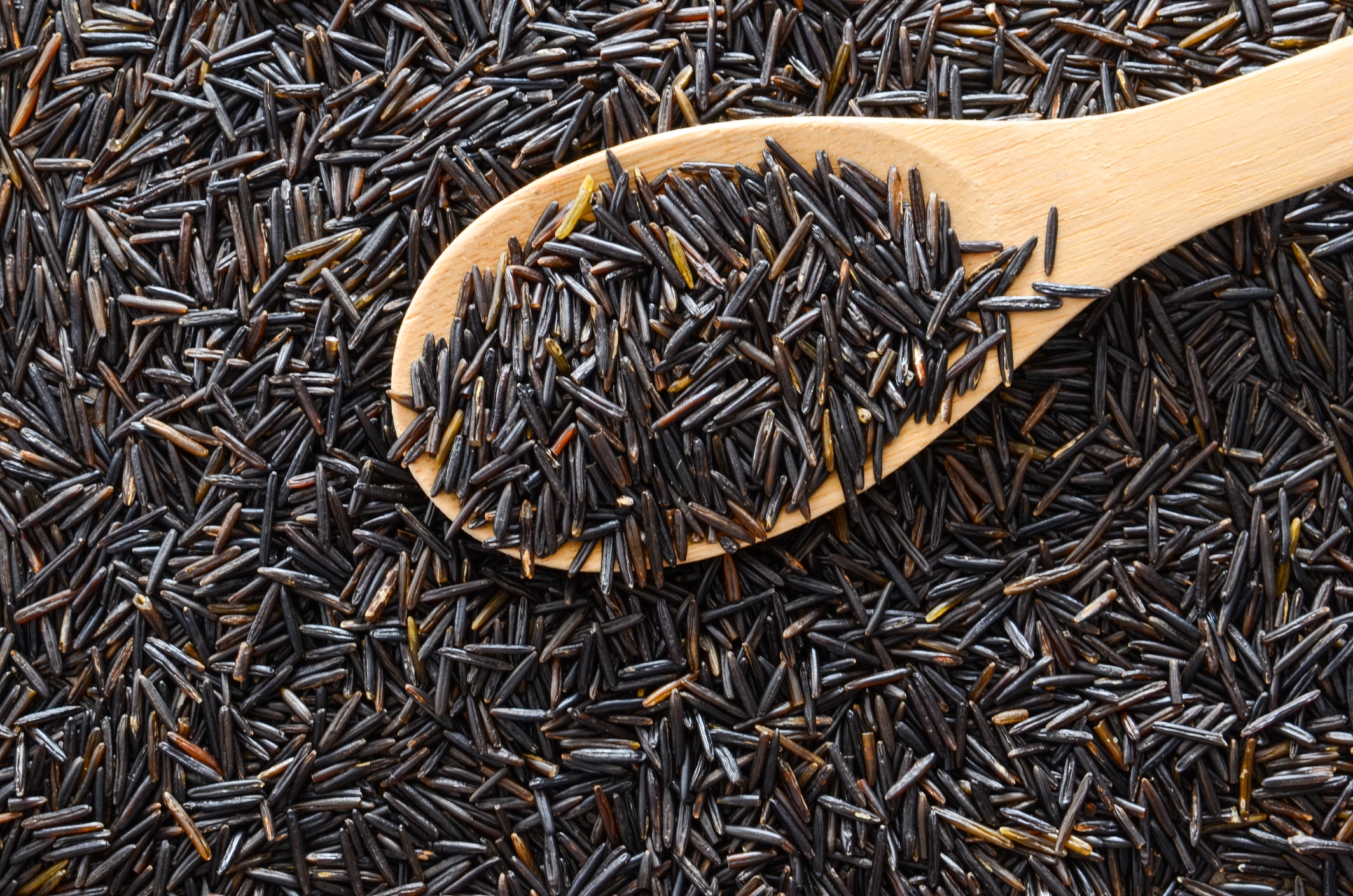Wild Rice
Manoomin, the Anishinaabe word for wild rice, is a unique aquatic grass that produces long, slender, dark grains often considered a delicacy in culinary circles. Native to the shallow lakes and waterways of Canada, including regions of Alberta, Manoomin is more than just food—it holds profound cultural, spiritual, and economic significance, particularly among Indigenous communities, where it's revered as a sacred gift from the Creator.

More on Wild Rice
About
Distinct from the common white or brown rice, wild rice is the seed of an aquatic grass that grows primarily in freshwater marshes and shallow lakes. The grains are dark brown to black, with a chewy outer sheath and a tender inner grain. Beyond its nutritional benefits, which include being a source of protein, fibre, and essential minerals, Manoomin plays a critical role in the ecosystems where it grows, providing habitat and sustenance for various wildlife.
History
For centuries, Indigenous peoples, particularly the Anishinaabe and the Dakota, have harvested Manoomin in the traditional manner, using canoes and beater sticks to knock the ripe grains into the vessel. These grains are then parched, threshed, winnowed, and finally cooked or stored. This practice is not merely a method of food collection but a deeply spiritual act, with rituals, stories, and songs accompanying the harvest. Manoomin is a symbol of cultural identity and a connection to the land and ancestors. For the Indigenous communities of Canada, including regions in Alberta, the cycles of planting, tending, and harvesting wild rice represent an intricate dance of sustenance, spirituality, and stewardship. The rise of commercial cultivation and various ecological threats have, however, impacted the traditional harvesting of wild rice, leading to ongoing efforts for its protection and sustainable management.
Ways To Cook
Manoomin boasts a nutty flavour and a hearty texture, making it a versatile ingredient in the kitchen. It can be boiled and fluffed up like other grains, serving as a base for salads, stuffings, or as a side dish. Traditional Indigenous recipes often incorporate wild rice into soups and stews, where the grain absorbs the surrounding flavours and offers a delightful textural contrast. Manoomin pairs beautifully with game, fish, and mushrooms, reflecting the natural flavours of the regions where it grows. A popular method is to cook it with ample water, allowing the grains to burst open and reveal their tender insides, enhancing their texture. More contemporary dishes see wild rice in casseroles, pilafs, and even breakfast porridges, sweetened with maple syrup and topped with berries. Its rich profile ensures that whether in traditional or modern dishes, Manoomin remains a cherished ingredient, echoing the stories and landscapes of Canada's heartland.
